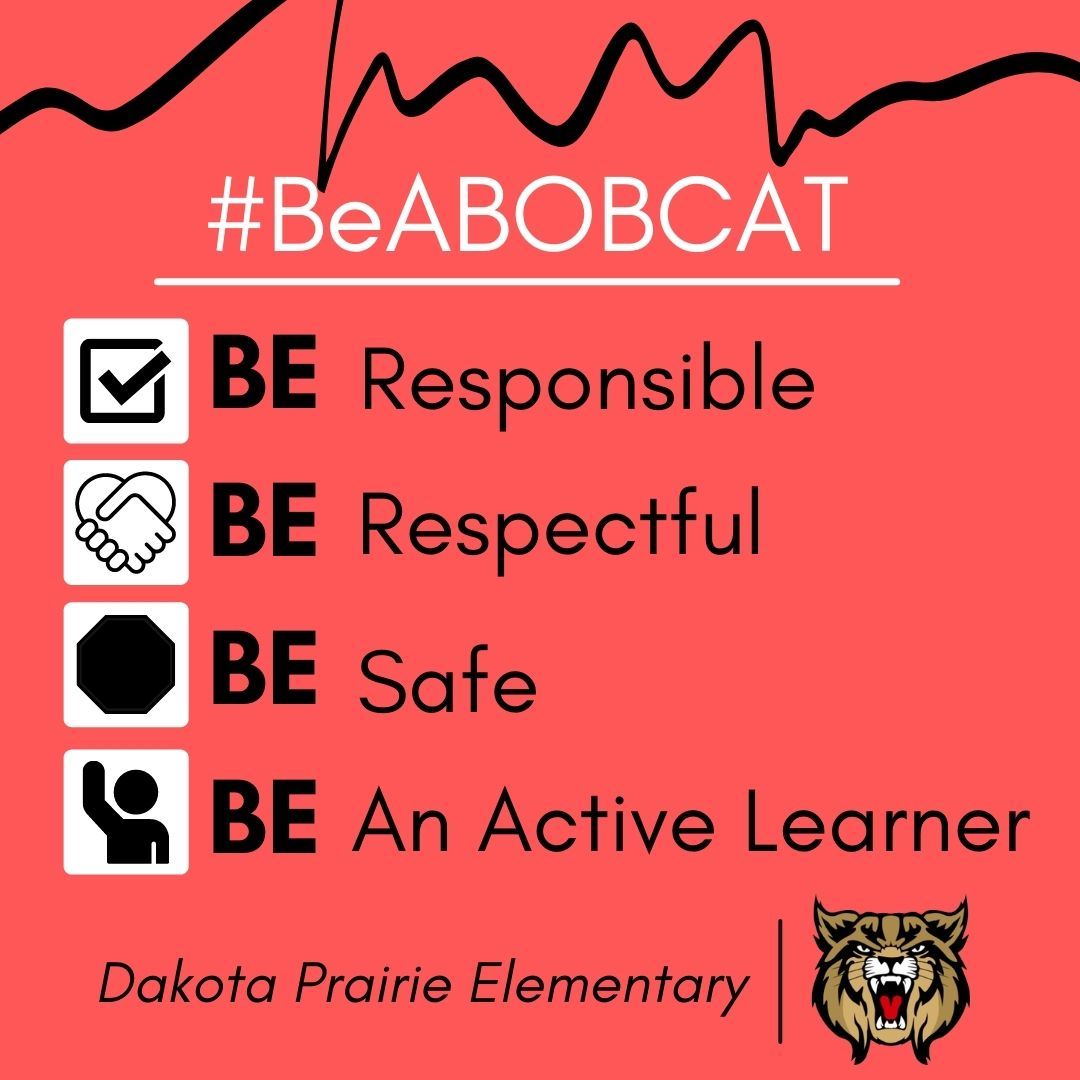School Overview
About Dakota Prairie Elementary
Dakota Prairie Elementary opened its doors in 2015 to meet the needs of Brookings' growing community. Our school serves approximately 500 students in grades JK-3, along with around 65 early childhood learners in our two ECE classrooms and one Pre-K classroom.
Building Essential Foundations
At Dakota Prairie, we understand that the early elementary years are critical for establishing strong foundational skills in core content areas. Our instructional focus centers on developing proficiency in reading, mathematics, writing, and science—the building blocks that support all future learning. Through targeted, research-based instruction and individualized support, we ensure every student masters these essential skills. The foundation built during these formative years equips our learners with the confidence, competence, and critical thinking abilities they need to succeed throughout their educational journey and beyond.
Learning Environment & Resources
Dakota Prairie is committed to providing a robust learning environment equipped with modern technology. Each classroom features a Smartboard, and students have access to iPads, mobile laptop carts, and a dedicated computer lab to support their learning.
Our students benefit from a well-rounded education that includes Encore classes in Physical Education, Art, Library, Music, Technology, and ACES. At Dakota Prairie, we focus on student-centered learning experiences that empower our learners to grow as leaders, thinkers, and engaged members of our school community.
School Contact Information:
Dakota Prairie Elementary School
111 26th St. S.
Brookings, SD 57006
Phone: 605-696-4900
Fax: 605-696-4905
Positive Behavioral Interventions and Supports
The Brookings School District implements Positive Behavioral Interventions and Supports (PBIS), a proactive, research-based framework designed to create a positive school culture and support student success.
Rather than relying solely on consequences, PBIS focuses on teaching and reinforcing expected behaviors before problems occur. We explicitly teach students what positive behavior looks like in every setting—classrooms, hallways, cafeteria, playground, and beyond. For example, students learn and practice safe hallway behavior, such as walking rather than running. When students need redirection, we use it as a teaching moment, asking them to try again and demonstrate the expected behavior.
This multi-tiered approach provides emotional, social, and behavioral support tailored to each student's needs. By teaching, modeling, and consistently reinforcing expectations, PBIS helps us create an equitable, effective learning environment where all students can thrive.

